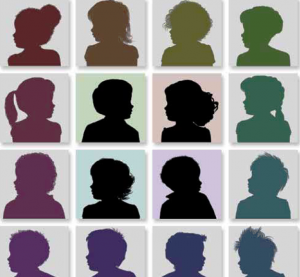What is Literacy? The Power of a Definition

For many years researchers have debated the definition of literacy, especially as used in relation to students with multiple disabilities or severe special needs. Elizabeth B. Keefe and Susan R. Copeland of the University of New Mexico propose a new way to think about Literacy as follows: "To be literate means that you can share your thoughts with others in a way that they will understand you. Sharing your thoughts with others can be done in many different ways. Some of the ways that you can share your thoughts with others include writing, speaking, gestures, facial expressions, pictures, symbols, and technology —just to name a few. To be literate also means that you can take in information in many of those same ways. Your chance to become literate may depend on what others decide literacy should look like."
They co-authored an article published through TASH in Research & Practice for Persons with Severe Disabilities 2011, Vol. 36, No. 3Y4, 92–99. They also put together a summary of the original article.
The purpose of this article is to:
- 1) examine the historical definitions of literacy,
- 2) to explore the impact of the literacy definitions on individuals who require extensive supports to participate in literacy instruction, and
- 3) to propose a definition of literacy that is founded upon core principles of inclusion.
The authors base their literacy definition on the assumption that all individuals in need of extensive supports are capable of benefitting from literacy instruction. Furthermore, the authors assert that the understanding of literacy held by professionals may determine the opportunities for individuals who require extensive supports to engage in the literate world.
